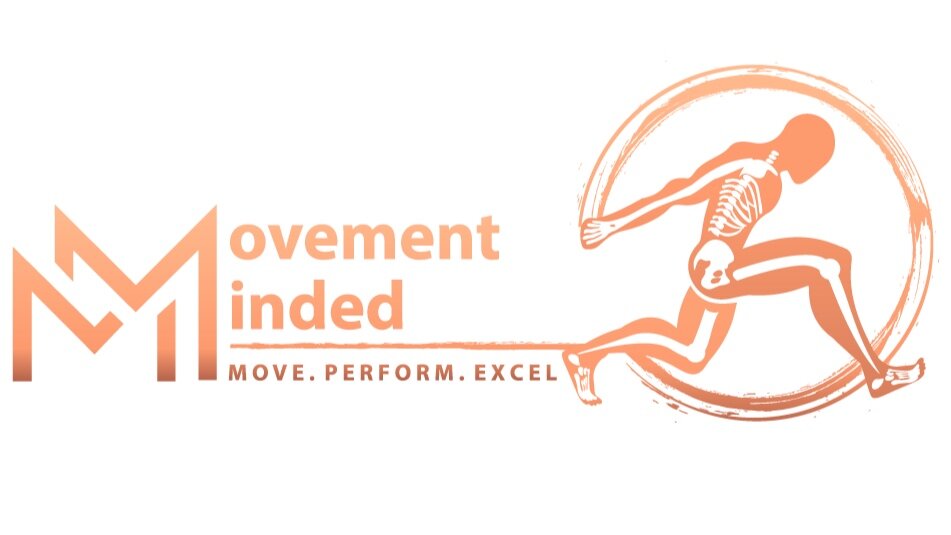Get Back To Running Without Lateral Knee Pain Utilizing The Maitland Approach
Most people believe that running should be painful but it couldn’t be further from the truth. Many of us have dysfunctional movement patterns that band aid stretches, foam rolling, and taping techniques just don’t ultimately fix the source of the problem. The truth is that running with good functional movement allows for less pain and improved performance. That’s right, “No pain, no gain” doesn’t apply here.
There was a majority of my career where I believed that my hands on treatment and manual skills were the cure and would allow patients to return to activities. I now know that a combination of manual therapy, targeted drills/exercises, and empowering patients with education is what helps patients not only get out of pain but understand the true source of why it is there in the first place. Your knee is NOT the reason you have pain. The associations and interactions the knee has with the foot/ankle, hip/pelvis, and ultimately the position of your trunk will dictate the efficiency of functional movement. In the case of pain and limitation, it is the inefficiencies or dysfunctional movements that cause irritation to persist with the activities we love to do such as running. So what is the answer? Stop running?….. I can’t tell you how many patients have been told to just stop running due to knee pain because of the forces that the knee has to endure from the “pounding” of running. Well, let’s put it this way, the human body was designed to be able to attenuate force and we are one of the fortunate organisms that can handle the force of running for long periods of time due to anatomical design and evolution literally from head to toe (accounting even for the nuchal ligament in the neck which accommodates our skull and brain to avoid oscillating forces that would cause repetitive damage to the brain).
The knee is typically a very straight forward joint comprised of 4 bones. The main articulation is the femur and the tibia but the patella (which is embedded in your quad tendon) and the fibula play significant roles in joint mechanics. The knee bends and straightens which occurs between the femur and the tibia but there are glides and rotational movements which must occur with different aspects of loading and unloading that include not only the tibiofemoral joint but also include specific aspects of the fibula and patella.
While we are highlighting the anatomy of the knee itself, it is important to keep in mind that the femur bone runs up the hip and has a significant relationship with the hip joint and pelvis and the tibia/fibula run down to the ankle with significant relationship with the foot/ankle complex. The Maitland technique for an inferior fibular glide performed by a physical therapist accounts for this relationship including the ligamentous interaction between the fibula and ankle. Compression of the fibular head at the outside or lateral aspect of the joint can cause irritation especially with running. The fibula glides superiorly (up) and inferiorly (down). Often times when experiencing lateral knee pain it is due to repetitive or consistent compression of the fibular head with a superior (or upward) glide . The lower end of the fibula is attached to the foot via the calcaneofibular ligament and when the foot is pulled into inversion (foot turning inward) the calcaneofibular ligament pulls on the fibula in a downward fashion that decompresses the fibular head up at the lateral knee joint. Below is the anatomy and a technique of utilizing a strap to do a self-mobilization on the fibular head in order to decrease lateral knee pain. Suggestion would be 3 sets of 10 reps in order to glide fibula out of compressed state.
While this technique can typically be very helpful for patients experience pain in the area highlighted in the blog there are various other aspects to consider and additional hands on techniques and drills that can and should be administered by a physical therapist with thorough evaluation of all contributing factors. We discussed how the hip/pelvis and ankle/foot have important interactions with the knee joint due to overlapping anatomy. Beyond these interactions, several different muscle groups and complex movement patterns need to be assessed from a total body perspective in order to identify the source of dysfunction.
If you want to be able to run without pain and don’t understand where your pain is truly coming from, I encourage you to reach out for a free 15 minute discovery call to understand how your personal history, limitations, and body mechanics may be playing a role in why you continue to have pain and irritation.






